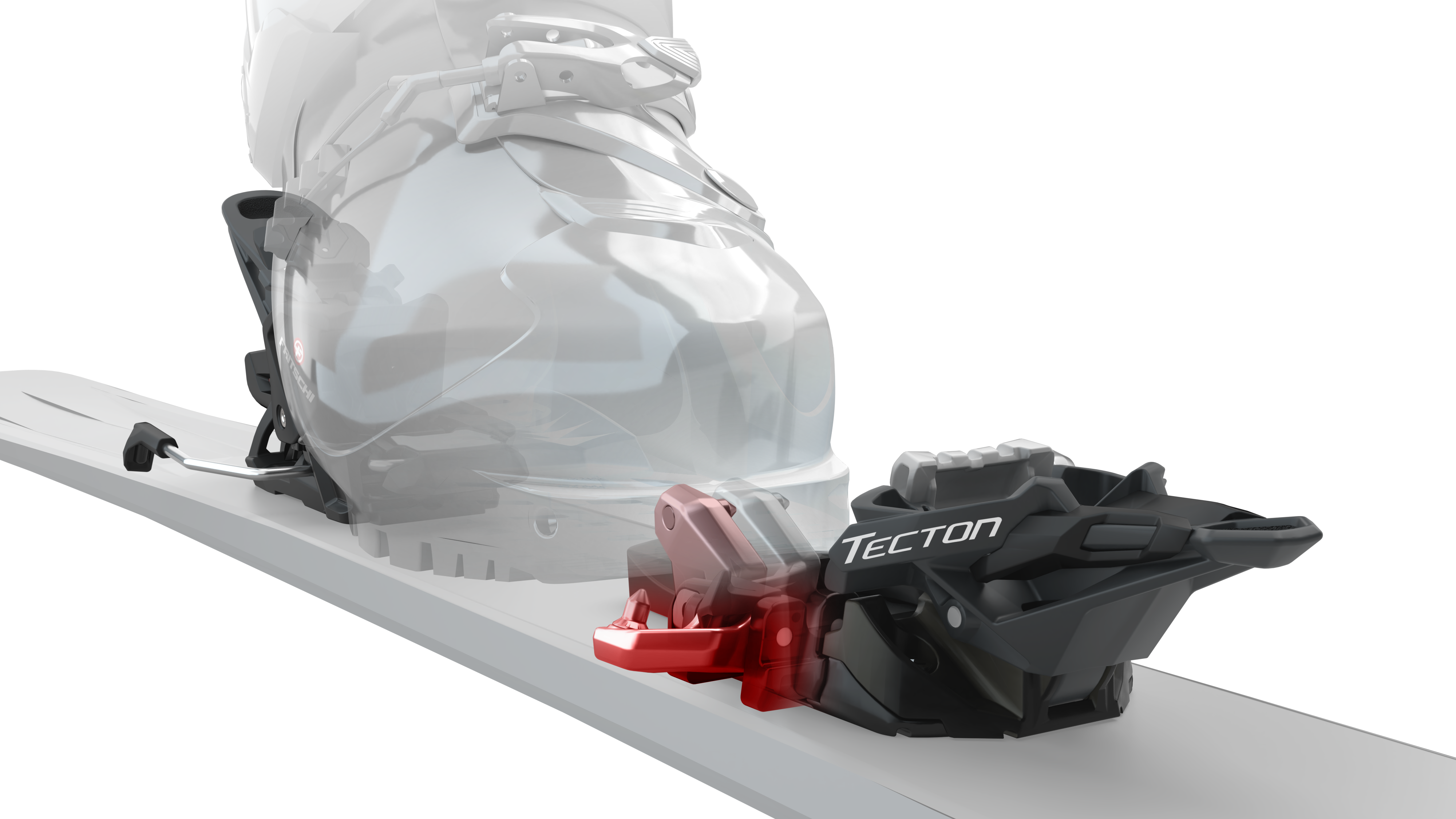
Pin binding safety
08.12.2022
With pin bindings it’s easy to climb uphill, but not every model is equally equipped for downhill skiing. Especially the safety aspects vary. When choosing a binding, it is im-portant to remember that boot, binding and ski form a system which only functions opti-mally when its components are perfectly tuned to each other. The interaction between boot and binding is particularly relevant to safety.
What is the secret of a reliable release? When choosing a binding, it is important to remember that boot, binding and ski form a system which only functions optimally when its components are per-fectly tuned to each other. The binding must release the boot, not only in the event of a fall, but also when strong forces are at play, such as heavy snow or hidden obstacles. At the same time, it should not release too early in case of a quick impact. To prevent chest and face injuries, it is also important that the boot is released at the right time when the skier falls forward.
Pin bindings and DIN values
The DIN value of a ski binding defines the force at which a binding should release to protect the skier from possible injury. However, a reliable release at set values is not a matter of course for pin bindings, especially for low DIN values. On the other hand, pin bindings are not infrequently locked to prevent unintentional releases during the descent.
New: Extended DIN setting ranges for all Fritschi pin-models
To optimally cover the needs regarding safety, Fritschi has adapted the DIN setting ranges for all pin models accordingly.
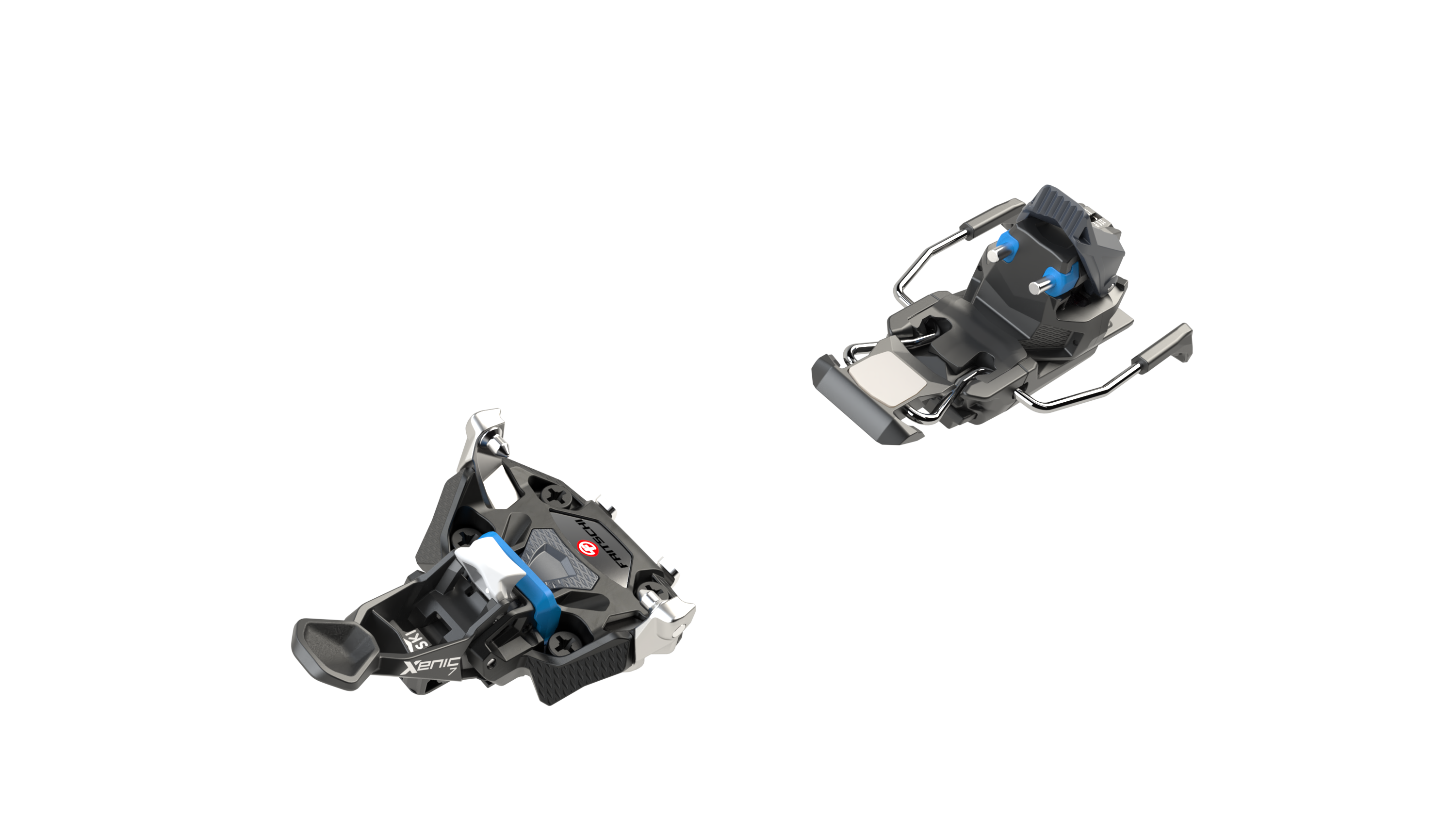
Xenic
New DIN from 3. Also, for light weights with ambitions. The new model Xenic 7 with a DIN setting range 3 – 7.

Vipec Evo
Large DIN adjustment range from 4 – 12, now also for light-weight skiers, providing perfect safety for the vast majority of ski tourers.
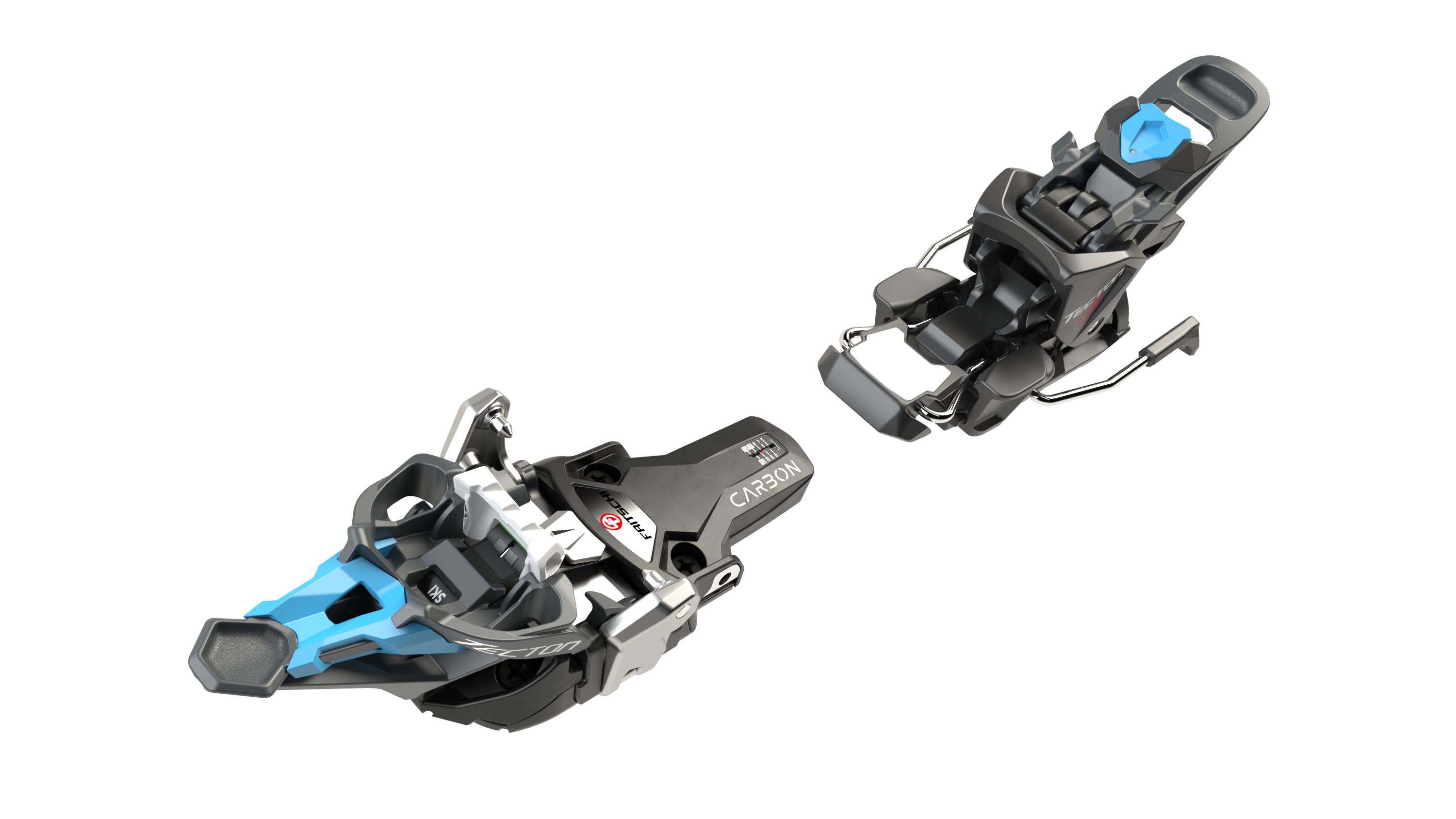
Vipec Evo
Adjustment range up to DIN 13 for even more power and safety in powder. Tecton 13 with DIN adjustment range from 5 – 13.

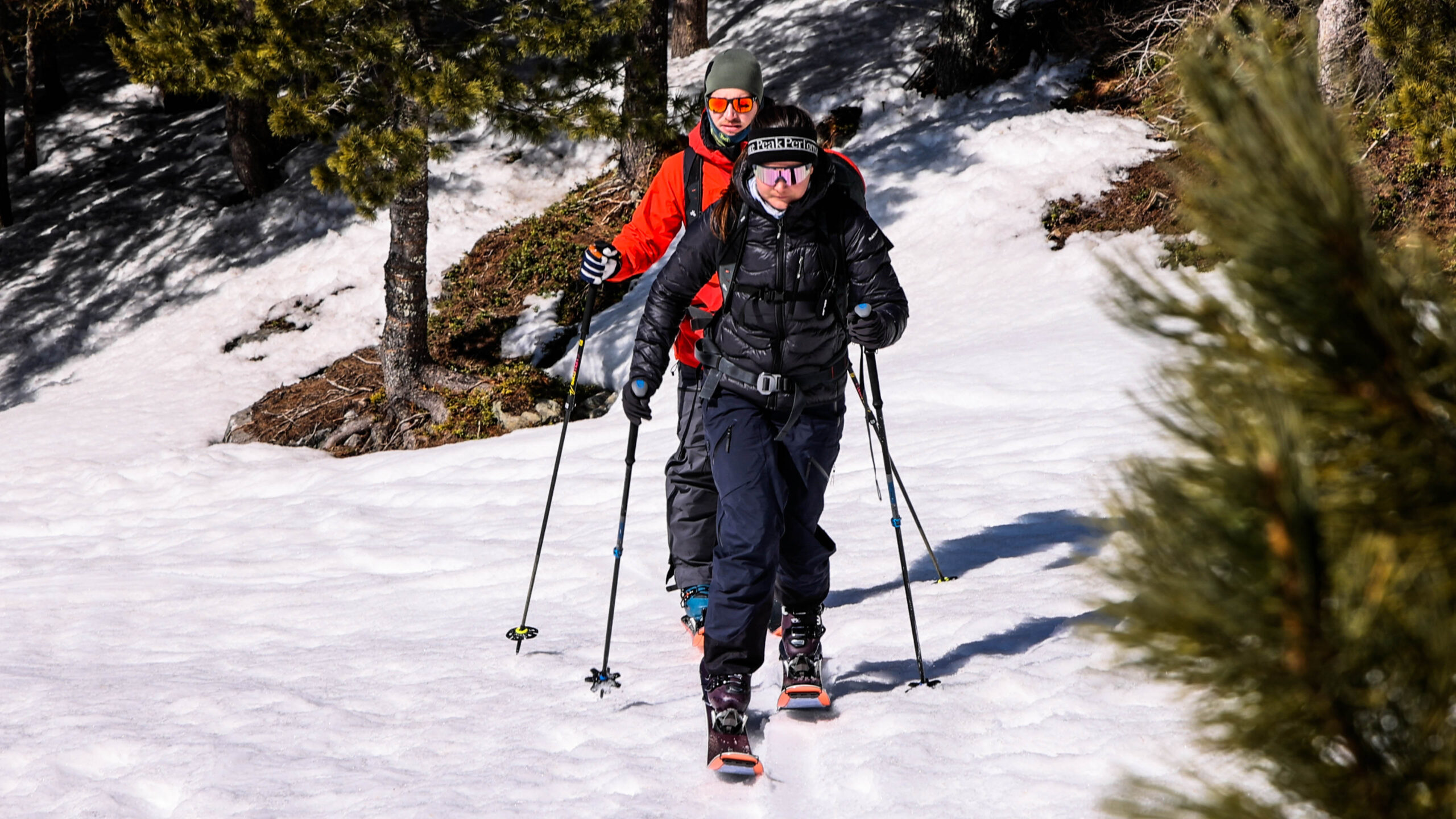

Reliable release without pre-releases
The settings of all of Fritschi’s pin bindings can be checked with an adjustment and testing device. The important basic functions which ensure a reliable release and prevent from pre-release with-out blocking the system while skiing under the dynamic effects of force are integrated in all mod-els. With additional functions, depending on the model, the safety pin system achieves nearly the same safety standard as an alpine binding.
Separate and infinitely adjustable setting of lateral and frontal release
A frontal release is subject to significantly higher forces than a lateral release. To function proper-ly, separate mechanisms are required with appropriately designed, infinitely adjustable springs.
With the Xenic, the lateral and frontal release is based on the concept of pin bindings in the heel unit. With two separate release systems, it is unique in this weight class.

Analogous to the concept of alpine bindings, the Tecton and the Vipec Evo provide lateral release at the front and frontal release at the rear.

Reliable release in any skiing situation
During the descent, the ski flexes. During bending, the distance between the front and heel unit is shortened and the boot is jammed. Sufficient elasticity of the binding for the ski keeps the result-ing pressure on the system constant even during strong bending and ensures the defined release in any skiing situation.
In all pin binding models from Fritschi, the optimal length com-pensation of 10 mm ensures release at the set values, regardless of the bending of the ski.

Well-timed release of the boot in case of a forward fall
In pin bindings the boot tips forward after a release, while still being held in the frontal unit. The system will not completely release the boot at the front unless the nose of the boot applies pres-sure to the release lever. A well-timed release of the boot prevents injuries to chest and face.
With all pin binding models from Fritschi, the Release Lever re-leases the boot after release at the rear already from 65 °.
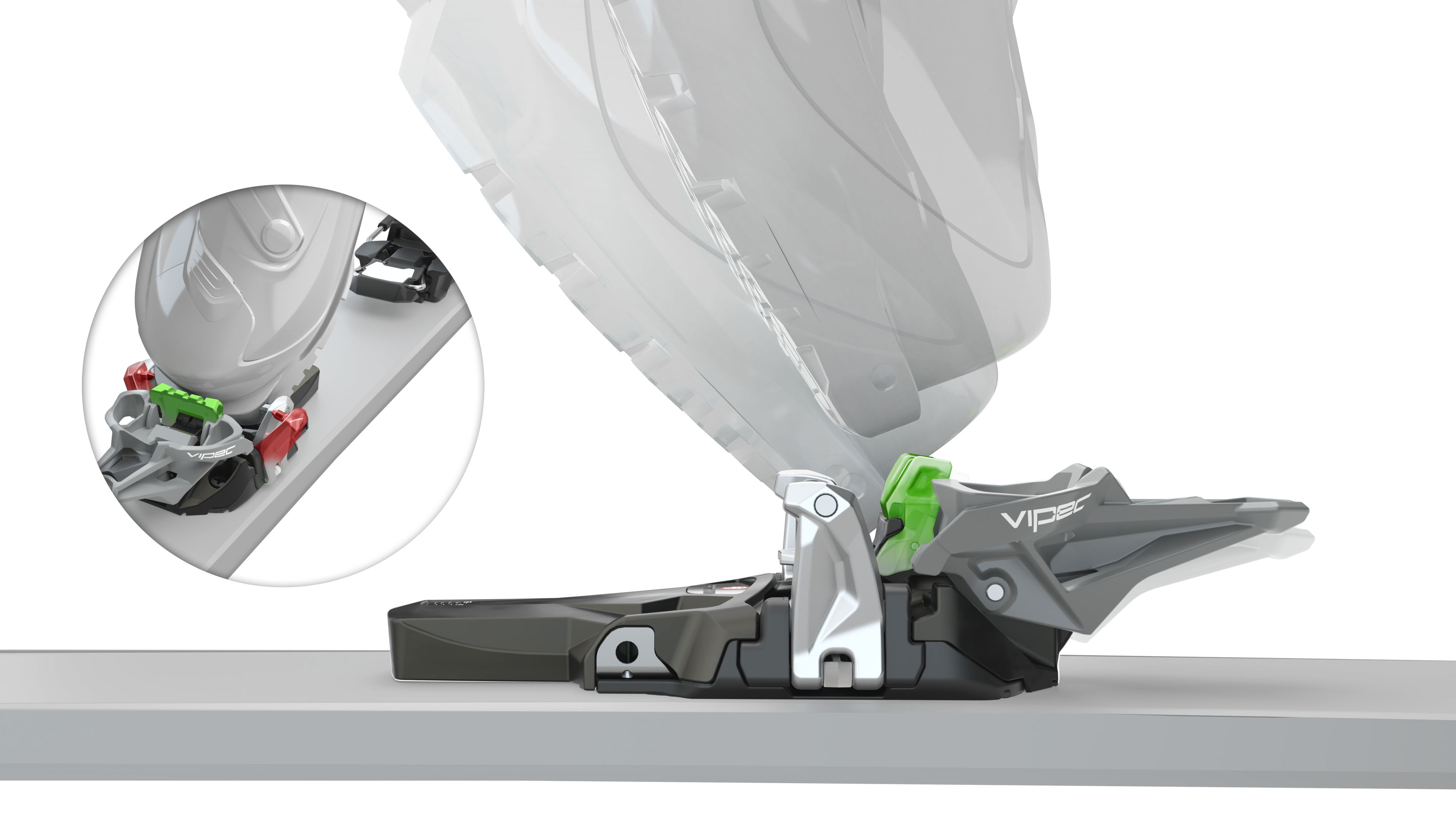
Secure hold in downhill skiing without blocking
In practice, pin bindings are often blocked in the downhill run to prevent pre-releases. Because the binding can no longer release, avoidable injuries occur time and again.
The pin levers of the innovative frontal unit shift horizontally and thus absorb vertically acting forces. An unintended release caused by shocks from the bottom is prevented without the need to block the system while skiing downhill.
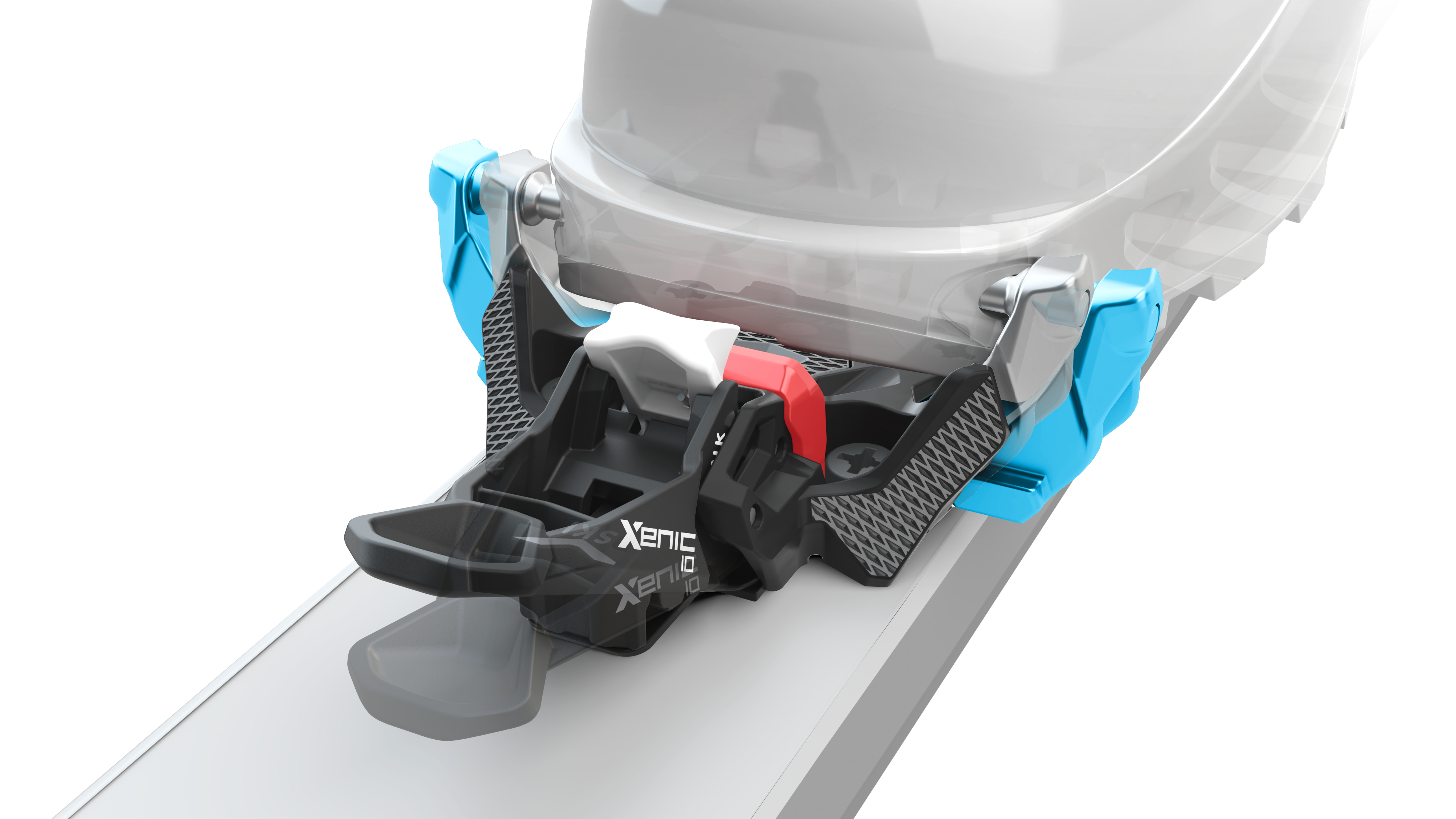
With the Vipec Evo and the Tecton, the shoe is held on a sideways sliding carriage. The long dynamic travel of 13 mm for the toe of the shoe, which it must overcome before release, prevents pre-releases and dampens lateral impacts.
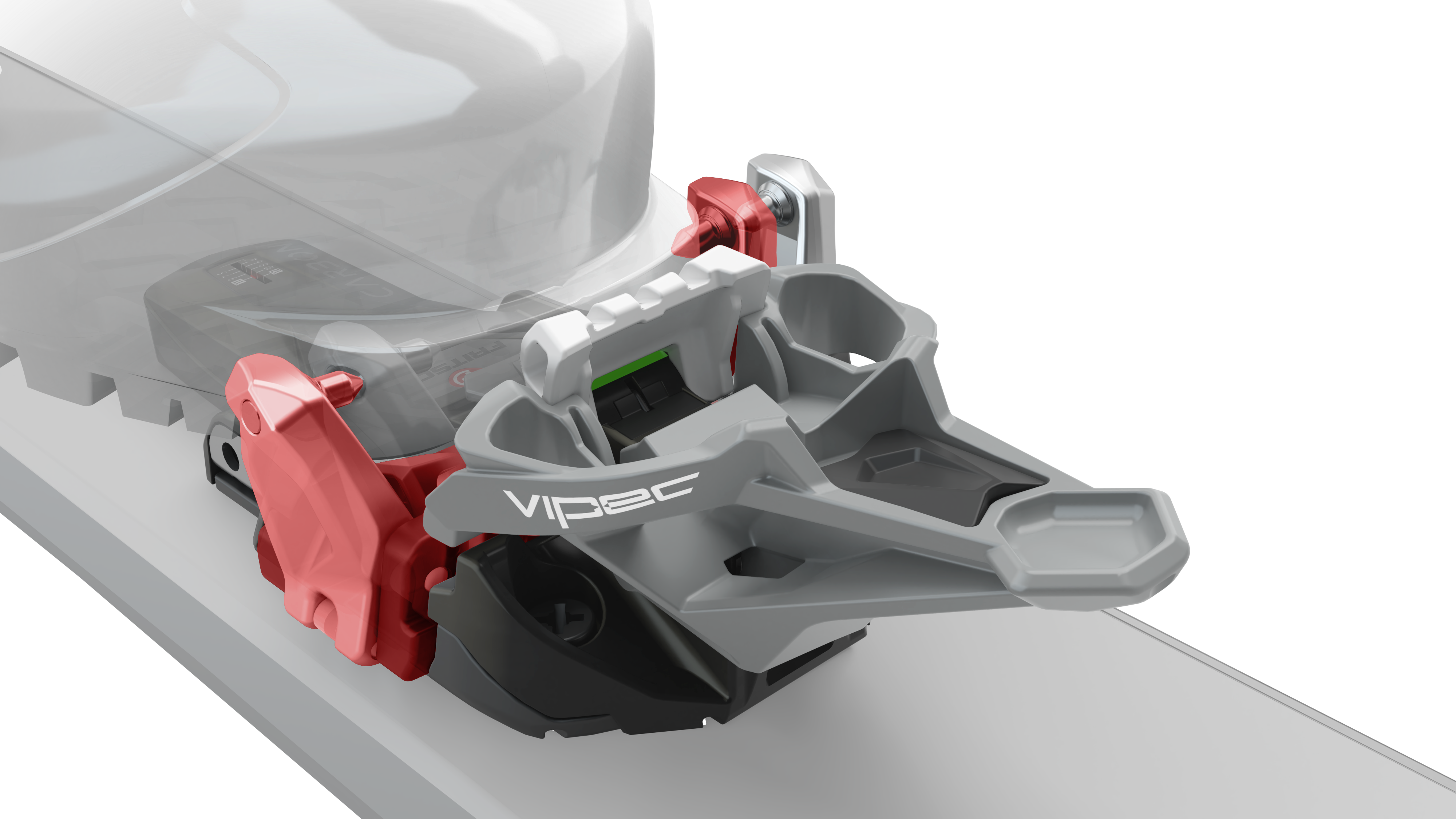
Emergency release in uphill mode
In standard pin bindings with both lateral and vertical release at the back, the clamping systems in the toe unit are blocked to provide lateral stability in uphill mode.
The holding system of the Vipec Evo and the Tecton allows lateral release in case of excessive force even during ascent.

Vertical release analogous to alpine bindings
In a pin heel unit, the pins slide over the short retaining edge of the insert when a release occurs. The sudden movement causes high tensile forces to act on the leg.
On the Tecton, an Alpine heel jaw with 9 mm elasticity compensates for the acting forces and thus also prevents pre-releases.
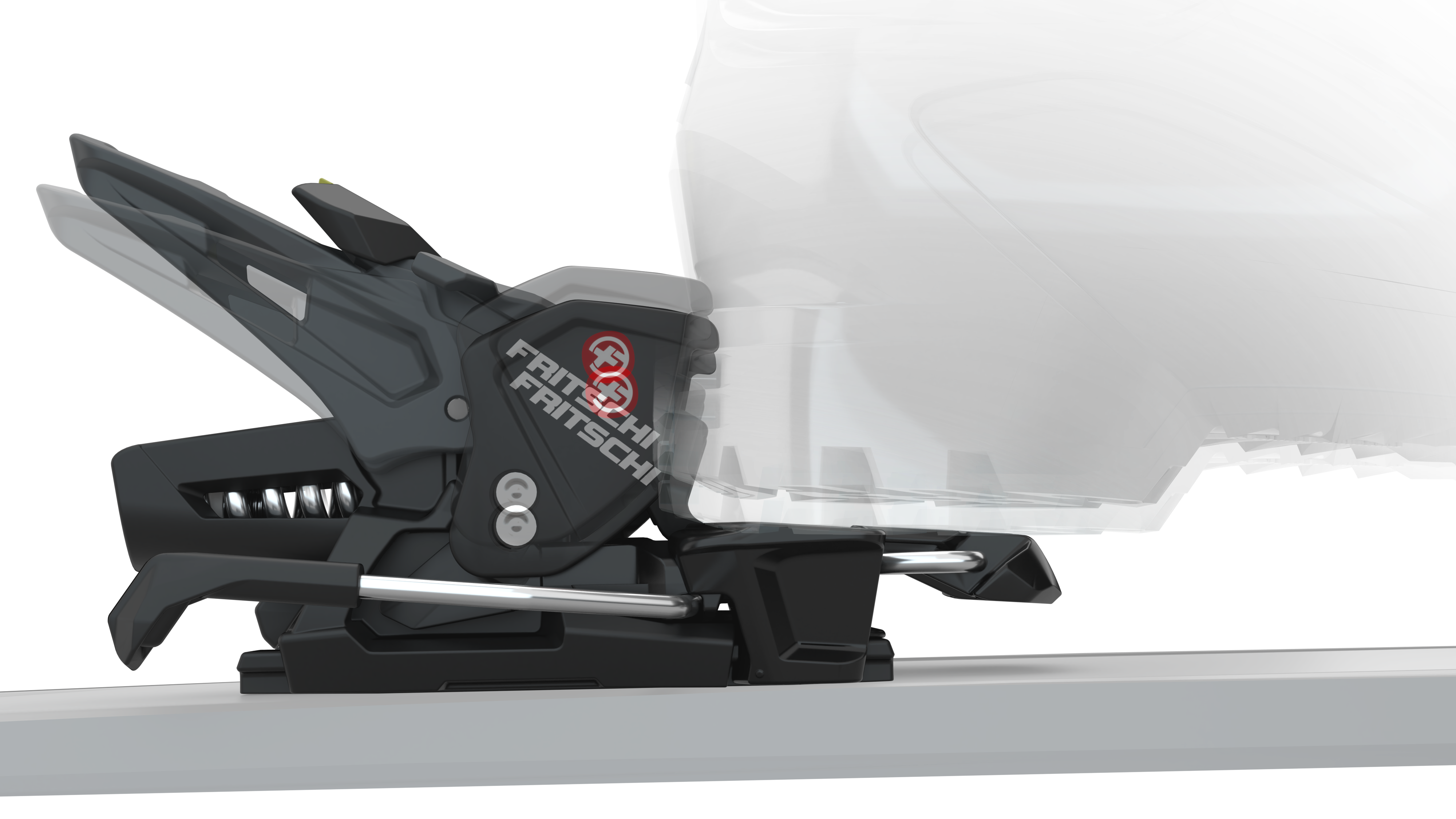
SWISS MADE
Ninety-nine percent of the components are made in Switzerland and assembled into high-quality prod-ucts in Reichenbach.





